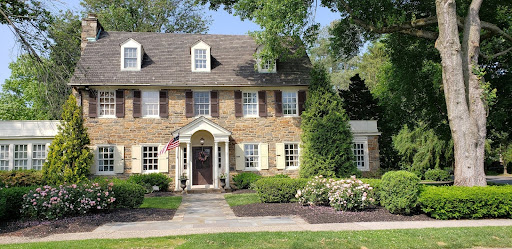
Preventing Hazards: The Importance of Tree Safety Inspections in Arlington
Date May 16, 2024
Property owners are responsible for taking care of the trees on their land. This means pruning their limbs, ensuring they’re getting the right amount of nutrients and water, and conducting regular inspections. Discovering at-risk tree limbs, identifying trees that are struggling, and pinpointing areas of disease are all part of inspecting trees. At TreeNewal, we understand the importance of tree safety inspections in Arlington, and we created this guide explaining the process.
What Are Tree Safety Inspections?
Image via Unsplash by Irene Rego
Tree safety inspections are exactly what they sound like: inspecting trees to ensure they’re healthy and don’t pose a risk to people or property. These inspections can help pinpoint issues such as structural defects, deadwood, unsafe roots, pest concerns, and tree disease.
How Tree Inspections Promote Safety
Identifying potential issues is one thing, but how does this help to promote safety? Structural defects and deadwood can make a tree or its limbs more prone to sudden failure. This can mean branches falling on top of cars, homes, or pedestrians, which can make property owners liable for damages. Root issues can also pose risks, as an unstable base can cause trees to fall during high winds or strong storms. Pests and tree diseases can weaken trees, which can also increase the chances of sudden tree failure.
Tree inspections identify these issues before they become hazards, allowing property owners to get ahead of the curve when it comes to tree maintenance. Whether that means pruning at-risk limbs, adding cabling and bracing, or cutting down at-risk trees, inspections are crucial to ensuring that trees stay healthy and safe.
How To Do Tree Safety Inspections
Safety inspections encompass more than just simply identifying hazards. They involve identifying activity around the tree, potential damage to surrounding property, and the value of the property. There are some key things to look for when conducting a tree safety inspection:
- Broken or dangling branches.
- Dead branches with no leaves during the growing season.
- Branches or limbs missing bark.
- Cracks or cavities in the trunk.
- Oozing, bleeding, or cankers in the trunk.
- Fungal growth on limbs or trunk.
- Cracked or raised soil on one side of the tree.
It’s a good idea for property owners to get an arborist to inspect their trees. These experts know their way around trees and are aware of all the big — and small — signs to look for when determining their health. Aside from identifying potential hazards, the benefit of getting a professional inspection is the expert recommendations for treating, pruning, or removing tree limbs or the trees themselves. This can prove more effective than a DIY approach to tree maintenance.
Don’t wait until a tree comes crashing through your roof to think about the health of your trees. Getting regular tree safety inspections in Arlington can mean the difference between your trees suddenly failing and lasting for generations. To maintain the health of your trees, give the experts at TreeNewal a call. Our team of ISA-certified arborists is here to help.









